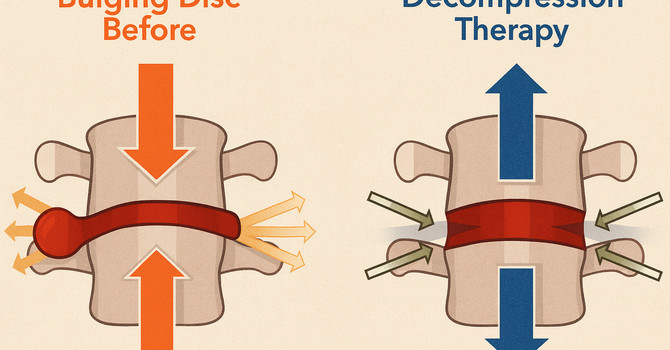Designing an intermittent fasting (IF) protocol can be an effective way to enhance metabolic health, manage weight, and improve overall well-being. At Woodroof Chiropractic & Acupuncture in Olathe, I believe in holistic approaches to health, and intermittent fasting is one such strategy that can support your journey to wellness. Here’s a sample IF protocol tailored for optimal results.
Understanding the Fasting Window
Duration: Aim for a fasting period of 16-18 hours.
Timing: Typically, the fasting period begins after dinner and extends until midday or early afternoon the following day.
Structuring the Feeding Window
Duration: A 6-8 hour feeding window is ideal.
Timing: Consume all your meals and caloric intake within this period.
Sample Intermittent Fasting Protocol
Morning (Fasting Phase)
Upon Waking: Start your day with water, black coffee, or herbal tea. These beverages can help with hydration and appetite suppression, making it easier to maintain your fasting period.
Midday (Continued Fasting)
Stay Hydrated: Keep drinking water, herbal tea, or zero-calorie beverages to stay hydrated and manage hunger.
Early Afternoon (Transition Phase)
Pre-Feeding Window: As you approach the end of your fast, consider breaking it with a small snack or light meal. This helps your body transition smoothly into the feeding window.
Hydration: Continue hydrating with water or electrolyte beverages to replenish fluids.
Feeding Window (Late Afternoon to Evening)
Meal 1: Focus on a nutrient-dense meal packed with lean protein, healthy fats, and fiber-rich vegetables. This combination supports satiety and nutrient intake.
Meal 2 (Optional): Depending on your caloric needs, you can have a second meal or snack.
Hydration: Keep drinking water throughout the feeding window to aid digestion and maintain hydration.
Mindful Eating: Avoid overeating by practicing mindful eating. Stop when you feel comfortably satisfied to prevent overconsumption.
Evening (Transition Back to Fasting)
Avoid Large Meals: Refrain from eating heavy meals close to bedtime. This practice promotes better digestion and sleep quality.
Hydration: Sip on water or herbal tea to support hydration as you transition back to fasting.
Key Considerations for Your Intermittent Fasting Protocol
Meal Composition: Prioritize whole, nutrient-dense foods like lean proteins, healthy fats, complex carbohydrates, and fiber-rich vegetables. These foods support satiety and overall health.
Hydration: Stay hydrated by drinking sufficient water throughout the day, particularly during the fasting period.
Electrolyte Balance: Consider adding electrolytes to your water, especially during longer fasting periods, to prevent imbalances and support hydration.
Physical Activity: Incorporate regular exercise, such as resistance training or cardio, during the feeding window. This helps maximize metabolic benefits and supports muscle preservation.
Important Precautions
Customization: Adjust your fasting and feeding windows according to your personal preferences, lifestyle, and metabolic responses.
Medical Considerations: Consult with a healthcare professional before starting an intermittent fasting protocol, especially if you have underlying health conditions or are on medication. As your trusted chiropractor in Olathe, we're here to guide you through any adjustments you may need.
Monitoring: Pay attention to your body's signals. If you experience hunger, fatigue, or other adverse effects, consider adjusting your protocol to better align with your overall health and wellness goals.
By following this intermittent fasting protocol, you can potentially enjoy benefits like improved metabolic flexibility, better weight management, and enhanced cellular repair. At Woodroof Chiropractic & Acupuncture in Olathe, we're committed to helping you achieve your health goals through individualized care and holistic wellness strategies.

Dr. Ike Woodroof
Contact Me



